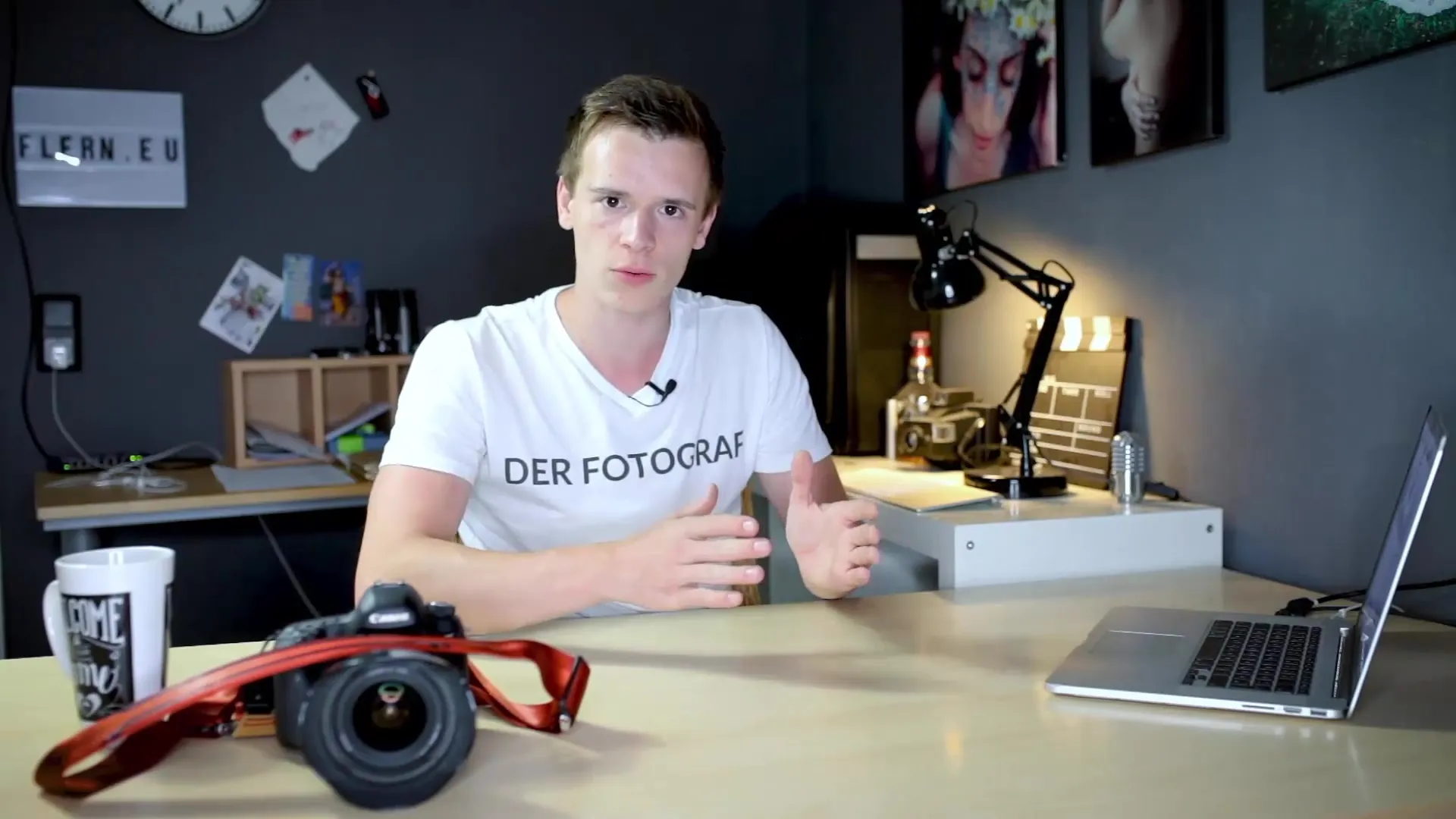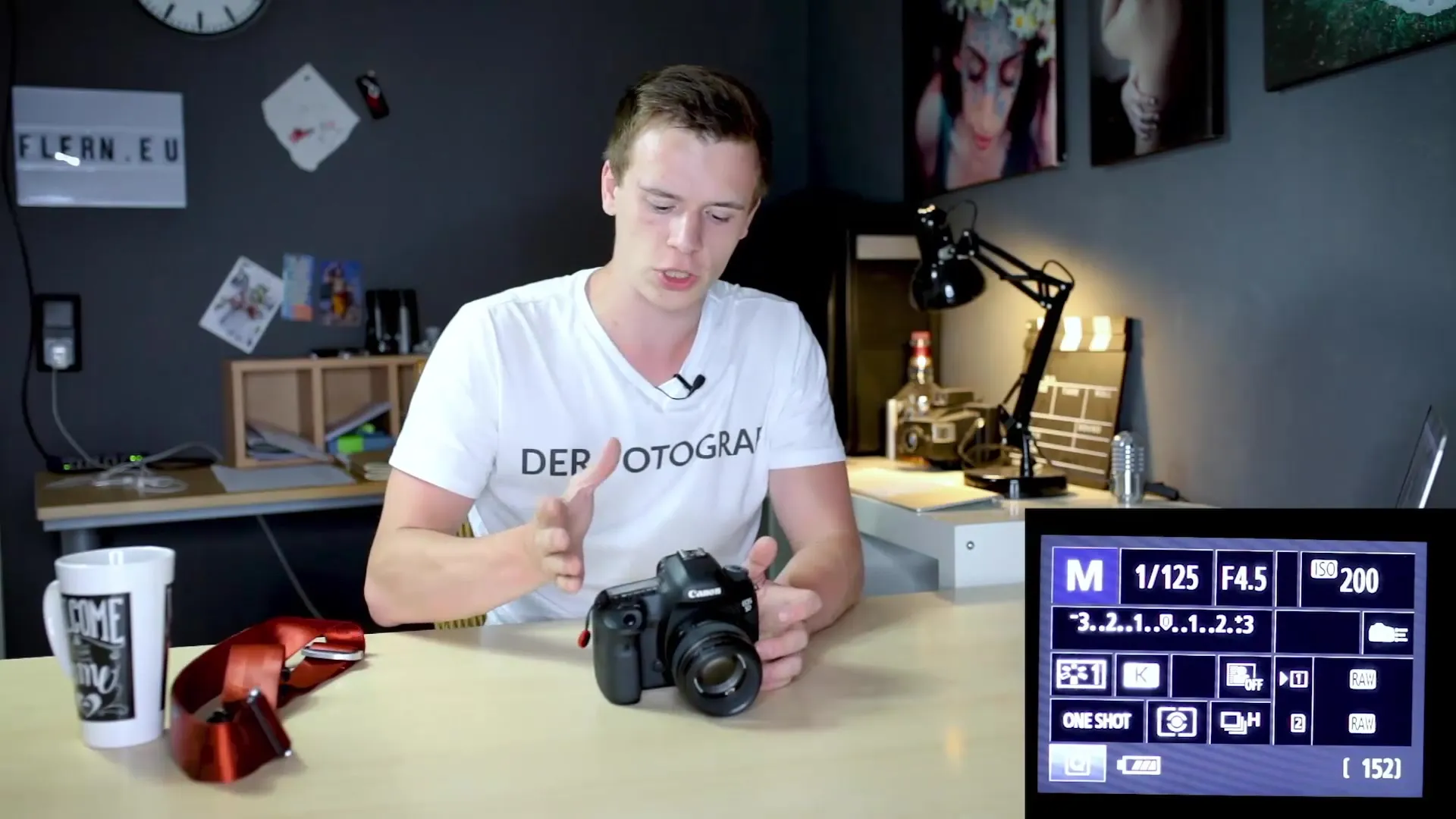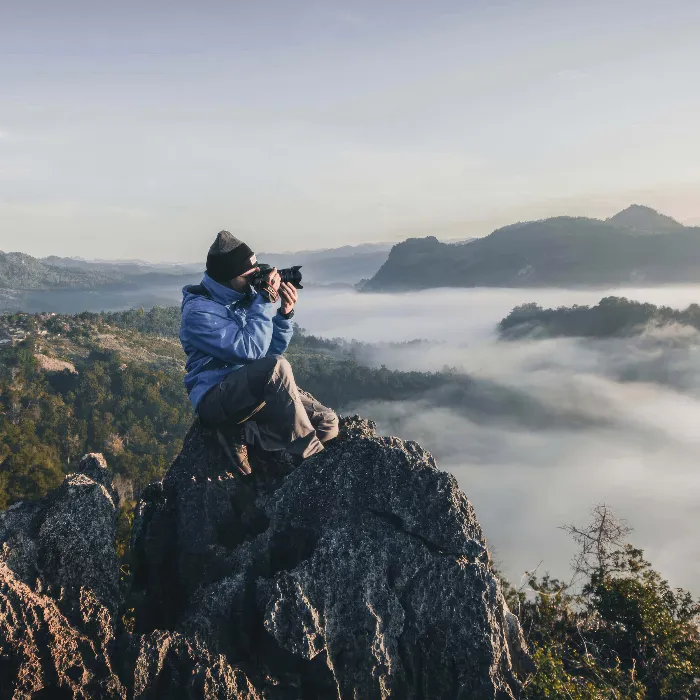Photography is not only an art but also a technical challenge. Understanding the interactions between aperture, ISO, and shutter speed is crucial for creating perfectly exposed photos. In this guide, I will show you how to effectively combine your camera settings to achieve the desired outcome.
Main Insights
- Aperture, ISO, and shutter speed influence each other and need to be balanced.
- Changes to one of these values often require adjustments to the other two to keep the brightness of the image constant.
- Open apertures create background blur, while closed apertures increase depth of field.
- ISO allows for adaptation to different lighting conditions.
Step-by-Step Guide
To understand the interaction of aperture, ISO, and shutter speed, I will start with the basic definitions and their influence on exposure.

1. Understanding the Core Parameters
Every camera works with three basic values: aperture, ISO, and shutter speed. These settings are essential for controlling the exposure of an image. All cameras, regardless of type or design, take these three parameters into account.
2. Influence of the Aperture
The aperture controls the light entering the camera. A wide-open aperture (low f-number) allows more light in, resulting in a brighter exposure. A closed aperture (high f-number) reduces the amount of light and increases depth of field. You need to understand these principles to achieve the desired effect in your images.
3. Adjusting the Aperture
If you want to use a wide-open aperture to create blur, for example for portraits, you need to balance this setting with the other values. Imagine starting with an aperture of 4.5. If you open the aperture to 2.5, the image will become brighter. You may need to adjust the shutter speed or ISO value to bring the brightness back into balance.

4. Understanding Interactions
Suppose you have the basic settings at an aperture of 4.5, shutter speed of 1/125 seconds, and ISO 200. If you change the aperture to a lower value, such as 2.5, the image will become brighter. To compensate for this, you could extend the shutter speed to keep the brightness consistent.
5. Automation vs. Manual Control
You could rely on your camera's auto mode, but it's important to practice manual control. Manually adjusting the values helps you maintain control over the image effect. This way, you learn not only the theory behind the interaction of the values but also how to apply it practically.
6. ISO as an Adjustment Mechanism
In low-light situations, when your aperture is already fully open and the shutter speed can't be extended further, the ISO value is your best friend. Increasing the ISO value makes the sensor more sensitive to light, helping you achieve brighter images in poor lighting conditions.
7. Shutter Speed and Fast Movements
If you want to capture a fast-moving subject, your focus will be on a short shutter speed. But remember to keep the aperture in mind – a too wide-open aperture can reduce depth of field and thus affect the sharpness of the subject.
8. Experimenting and Learning
If these concepts are new to you, start with the automatic or semi-automatic mode. Let the camera do the calculations for you while you experiment with the various settings. Through experience, you will learn how to set the parameters optimally to achieve the desired image.
Summary – Mastering the Combination of Aperture, ISO, and Shutter Speed
To take your photography to the next level, it is essential to understand and master the interplay of aperture, ISO, and shutter speed. The more you experiment, the more confident you will become in applying these fundamental concepts.
Frequently Asked Questions
What are the three main parameters in photography?Aperture, ISO, and shutter speed.
How does the aperture affect the exposure?An open aperture allows more light in and makes the image brighter.
Why should I increase the ISO value?The ISO value is increased to boost the sensitivity of the camera sensor in low light.
Is there a mode that helps me learn?Yes, the automatic or semi-automatic mode allows you to try out the settings and understand the interplay.
How can I influence the depth of field?By choosing an open or closed aperture, you can change the depth of field.


